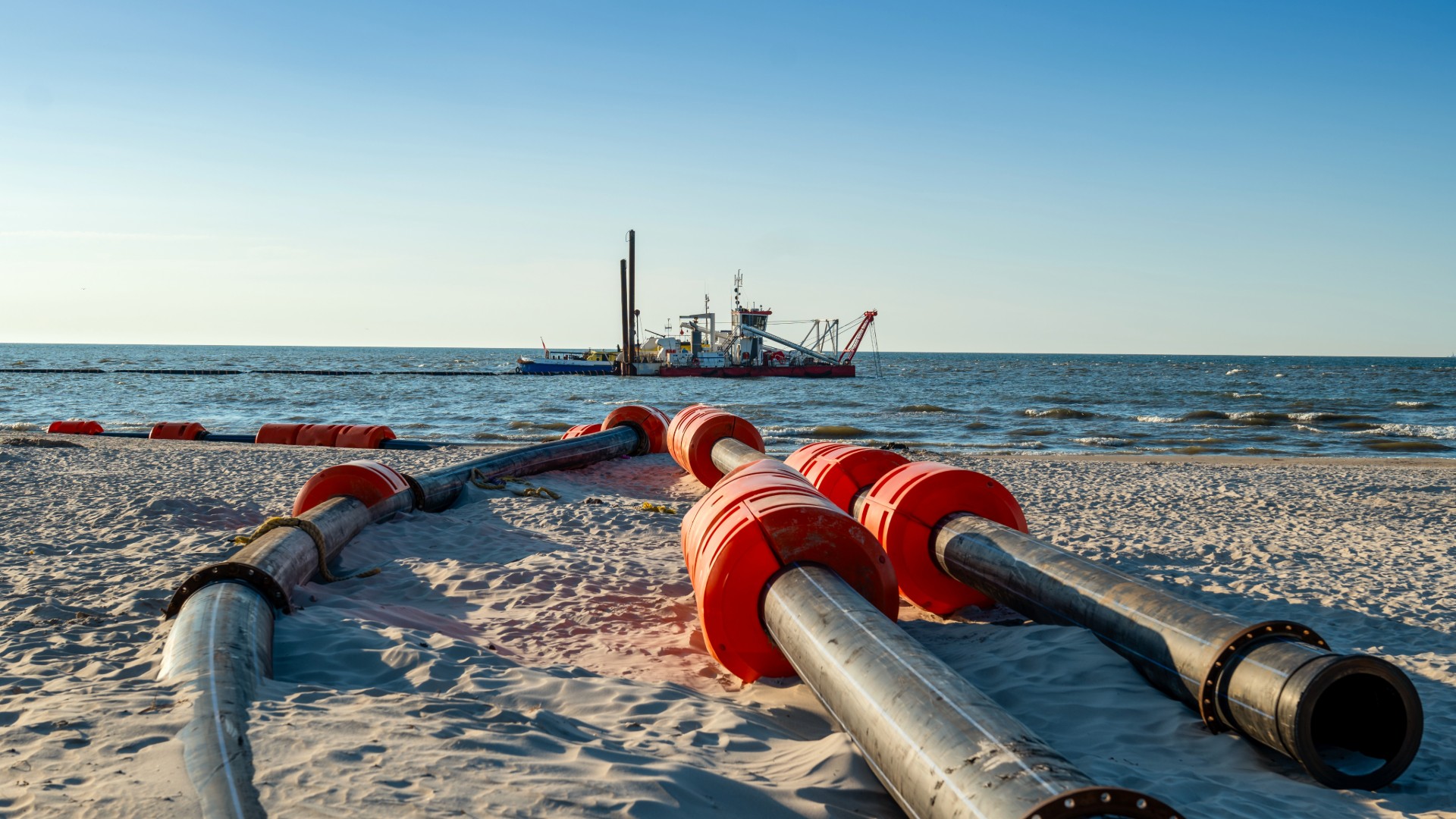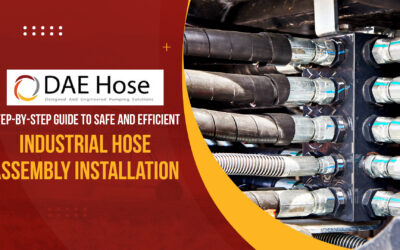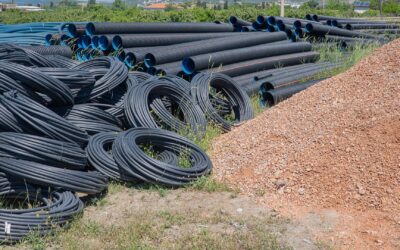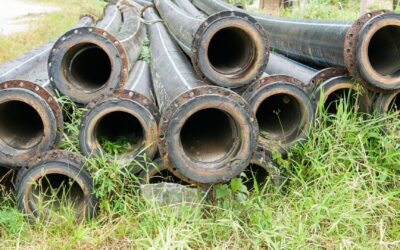Understanding the Role of Pipe Systems in the Dredging Industry
The dredge industry pipe system is the backbone of efficient material transport, ensuring safe and cost-effective delivery from excavation sites to disposal or reclamation areas. As the critical link between dredging equipment and discharge locations, these pipelines directly influence both operational performance and project profitability.

The performance of a dredge industry pipe system directly impacts throughput rates, energy consumption, and operational stability. Suppose the pipe system is poorly specified or improperly installed. In that case, the entire dredging process can be compromised by blockages, wear-related failures, or unplanned downtime, resulting in increased costs and extended project timelines. Conversely, well-engineered systems contribute to streamlined workflows, reduced fuel usage, and greater project predictability.
Typical configurations include floating hoses for open-water routing, submerged lines for underwater transport, and land-based discharge sections. Each segment of the dredge industry pipe system must be designed to handle specific hydraulic loads and sediment characteristics. Components such as coupling assemblies, reinforced joints, and abrasion-resistant liners help maintain system integrity in demanding conditions.
A key structural element is the use of dredge pipe piling, especially in projects where strong currents or wave action are present. These support systems anchor the pipeline in place, prevent lateral movement, and protect against mechanical stress. The integration of dredge pipe piling is particularly important for maintaining flow consistency and minimizing risk to nearby marine infrastructure.
Ultimately, understanding the functional scope of a dredge industry pipe network is crucial for engineers, procurement specialists, and contractors responsible for delivering safe, timely, and cost-effective dredging outcomes. The quality and design of these pipe systems are not just a matter of hardware; they are a direct contributor to project performance and return on investment.
Key Material and Environmental Factors to Evaluate
Selecting the appropriate dredge industry pipe requires careful evaluation of both material composition and the environmental conditions in which it will operate. These factors significantly influence long-term performance, maintenance frequency, and the overall reliability of the dredging system.
One of the first variables to consider is the type of sediment being transported. Whether dealing with fine silt, abrasive sand, compacted clay, or a mix of materials, the physical characteristics of the dredged material must align with the specifications of the dredge industry pipe. Abrasive content, in particular, can cause premature wear if pipes are not constructed with adequate internal protection or wear-resistant linings. In such scenarios, many operators prefer HDPE-lined steel pipes or flexible rubber-lined options for maximum durability and reliability.
Environmental exposure is another critical factor. Saline conditions, tidal surges, and constant water movement impose mechanical stress on the dredge industry pipe system. Pipes exposed to these environments must be constructed from corrosion-resistant materials and reinforced to withstand fluctuating pressures. For added pipeline stability in areas with strong currents or shifting substrates, dredge pipe piling is often used to anchor sections of the pipe system, ensuring alignment and structural integrity over time.
The depth and total volume of the dredging operation also dictate the required flow capacity and pumping power. A mismatch between pipe diameter and sediment volume can lead to inefficiencies such as reduced output or increased energy consumption. Designing the right dredge industry pipe configuration helps maintain an optimal balance between material velocity and system pressure, supporting higher productivity with less fuel waste.
Additionally, pipeline exposure to UV radiation, extreme temperatures, or chemical-laden sediments must be accounted for in material selection. Pipe materials must remain stable under prolonged exposure to the sun and be flexible in freezing or high-heat environments. Selecting a dredge pipe solution with these characteristics in mind helps prevent cracking, warping, and loss of mechanical performance.
Finally, projects operating in sensitive ecological zones must consider the environmental footprint of the pipe system. A well-designed dredge industry pipe should minimize leakage, reduce sediment dispersion, and support compliance with environmental regulations, especially in projects near fisheries, wetlands, or protected waterways.
Pipe System Design and Engineering Specifications
Effective pipe system design is fundamental to the safe and efficient operation of any dredging project. A dredge industry pipe must be engineered not only for performance under load but also for ease of integration with pumps, connectors, and support structures. The design process begins by determining the appropriate diameter, wall thickness, and pressure rating to match the hydraulic demands of the system.
The selected dredge industry pipe should maintain consistent flow rates without excessive friction loss, sedimentation, or surging. This often involves using a combination of rigid discharge lines and flexible floating sections, depending on site conditions and the type of dredging operation being conducted. Materials such as high-density polyethylene (HDPE), steel, or rubber-lined composites are chosen based on their resistance to corrosion, abrasion, and impact.
Jointing and coupling systems are another critical element in pipe design. Flanged, quick-release, and mechanical joints enable rapid assembly and disassembly, making them particularly useful in projects with tight timelines or changing layouts. Secure and leak-resistant joints also reduce the risk of environmental contamination and product loss, especially important when pumping dredged material through long pipelines.
In high-turbulence or offshore environments, dredge pipe piling may be integrated to stabilize key segments of the system. These support structures prevent pipeline drift and mitigate stress at connection points, especially where wave action or vessel movement is a concern. Floating assemblies may also incorporate bend restrictors and wear sleeves to extend the service life of the dredge industry pipe in dynamic conditions.
Above all, a well-specified dredge industry pipe design supports consistent performance, longer operating cycles, and reduced maintenance, ultimately contributing to improved ROI for procurement teams and project owners. From modular system layout to adaptability in the field, thoughtful engineering ensures every dredge pipe operates at peak efficiency.
Operational Logistics and Project Constraints
Beyond design and material selection, the success of a dredge industry pipe system hinges on how well it aligns with logistical realities and site-specific constraints. Every dredging project presents unique challenges, including remote locations and limited access, as well as extreme weather conditions and time-sensitive objectives. Pipe systems must be engineered with these variables in mind to ensure practical deployment and long-term functionality.

One of the first logistical concerns is transport and installation. Depending on size and material, dredge industry pipe segments may require specialized handling equipment, modular assembly points, or staged delivery to minimize on-site disruption. Lightweight, pre-fabricated sections can simplify logistics in confined or difficult-to-reach areas, while high-strength options are preferred where physical demands are greater.
Once deployed, pipeline stability becomes critical, especially in dynamic marine environments. Currents, tides, and vessel traffic can cause shifts or damage to floating pipe sections. In such cases, incorporating dredge pipe piling provides structural support and maintains alignment, particularly for discharge lines spanning long distances across open water or along shorelines.
Maintenance access is another important consideration. The dredge industry pipe must be easy to inspect and service without requiring complete system shutdowns. Using detachable segments or accessible monitoring points enables rapid diagnosis and repair, reducing operational delays. Components such as hose floats, anchor points, and debris screens can be integrated into the pipeline to optimize system performance further and extend service life.
In addition to physical logistics, project timelines also influence the configuration of the pipe system. Fast-track operations demand quick setup and low-maintenance designs. In contrast, long-term dredging projects may require high-durability dredge pipe solutions that can endure multiple operational cycles under varying environmental pressures.
Ultimately, the logistics of installing and operating a dredge industry pipe system must be carefully planned in conjunction with other technical specifications. A system that is technically sound but difficult to manage in the field can lead to unanticipated costs, delays, and performance losses, risks that procurement and project teams work hard to avoid.
Performance, Longevity, and Cost of Ownership
When evaluating a dredge industry pipe for procurement or specification, long-term performance must be weighed just as heavily as initial cost. A low-cost pipe may appear economically favorable at first glance. Still, if it degrades rapidly under operational stress, the result is increased downtime, repair expenses, and reduced productivity over the project lifespan.
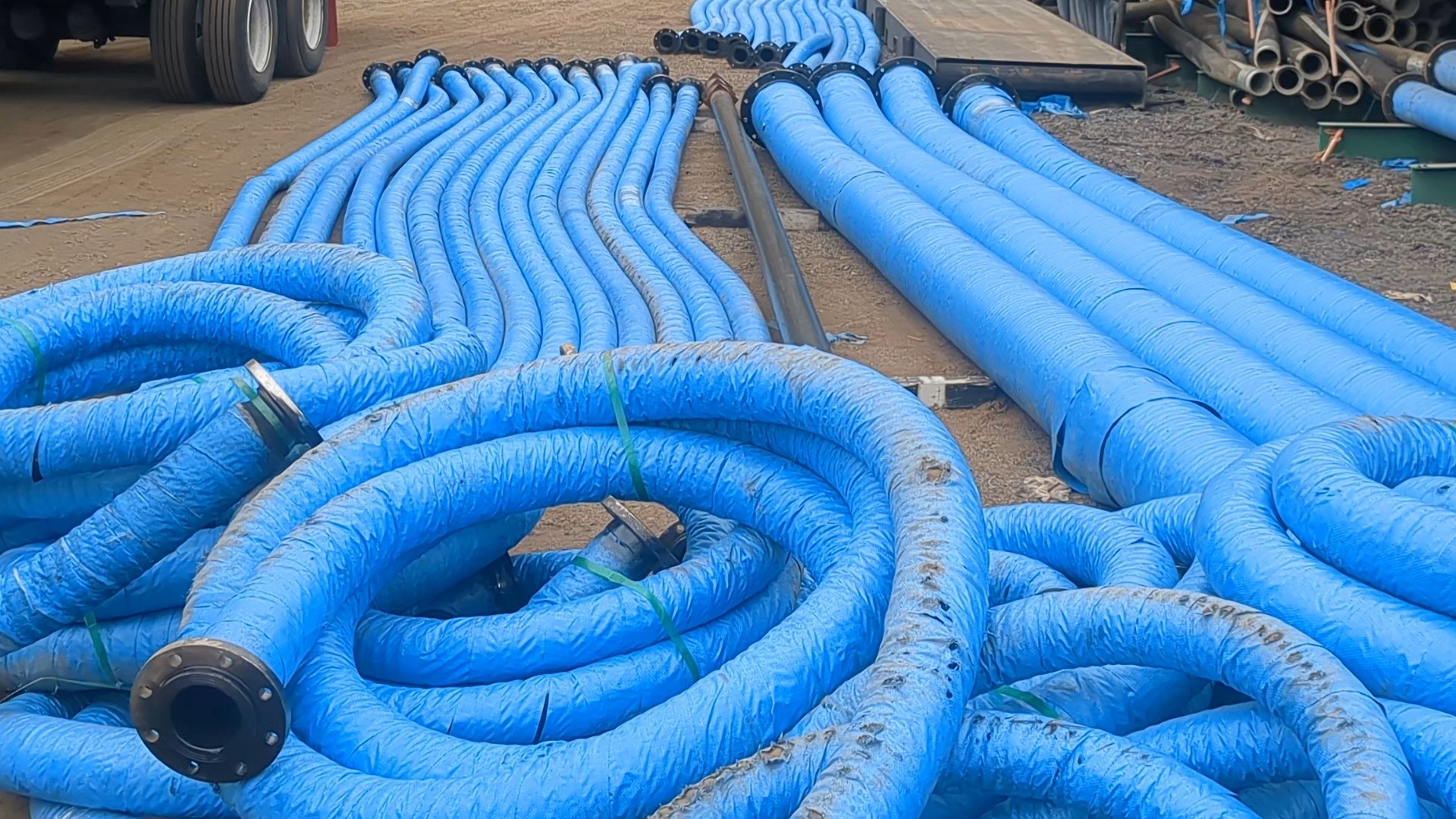
Abrasion resistance is one of the most critical factors influencing longevity, particularly when transporting coarse sediments such as sand, gravel, or shell fragments. A well-designed dredge industry pipe should include internal linings or wear-resistant materials to reduce degradation from continuous slurry flow. In projects with chemical-laden or saltwater exposure, corrosion resistance is equally important, and pipes made from HDPE or rubber-lined steel are often preferred.
Another factor affecting lifecycle costs is the structural fatigue imposed by pressure fluctuations and pipeline movement. Systems equipped with proper support, including dredge pipe piling where needed, tend to experience less strain and require fewer interventions. The strategic use of these supports can significantly enhance the structural integrity and service life of the overall pipeline system.
Maintenance efficiency also contributes to the total cost of ownership. A modular dredge industry pipe setup, with standardized joints and easy-to-replace segments, minimizes labor requirements and reduces project downtime during inspections or repairs. Over multi-year dredging contracts, these operational savings can significantly outweigh minor differences in initial purchase price.
For buyers in sectors such as mining, oil and gas, and municipal infrastructure, evaluating the real-world cost and reliability of a dredge pipe system is essential to achieving long-term project value.
Emerging Trends in Dredging and Pipe System Technology
The dredge industry pipe sector is evolving rapidly, driven by the need for increased efficiency, reduced environmental impact, and more adaptable system designs. These innovations are transforming the way procurement teams and engineers approach dredging projects, particularly in complex marine and inland waterway environments.
One of the most notable trends is the integration of smart monitoring technology into modern dredge industry pipe systems. IoT-enabled sensors now enable operators to track flow rates, pressure fluctuations, and wear levels in real-time, helping to identify issues before they lead to failure. This shift toward predictive maintenance not only extends pipe life but also reduces unplanned shutdowns and downtime.
Sustainability is another driving force. New dredge industry pipe designs prioritize lower emissions, improved material recyclability, and reduced sediment disturbance. Lightweight composite materials are being explored for use in floating applications, offering high strength with a minimal environmental footprint. These advances are particularly important for operations in ecologically sensitive areas.
Innovation is also occurring in structural reinforcement. The next generation of dredge pipe piling is being developed using corrosion-resistant alloys and modular anchoring systems, enabling deeper deployments and improved performance in high-current zones. These supports are crucial for maintaining pipe alignment in offshore projects or areas with rapidly changing tides.
In terms of deployment, modularity and scalability are now central to system design. A modern dredge industry pipe must be easy to reconfigure or expand, allowing contractors to adapt quickly to shifting project scopes. Whether it’s a rapid-response coastal protection job or a phased harbor deepening effort, today’s pipe systems are expected to be as dynamic as the projects they serve.
For project managers and procurement professionals alike, staying informed about these emerging trends is crucial for making future-ready investments in dredge pipe infrastructure.
How to Choose the Right Pipe System for Your Dredging Project
Selecting the most suitable dredge industry pipe system requires a strategic approach that balances technical performance, environmental compliance, and economic return. While many pipe options may meet basic flow requirements, not all are equipped to handle the specific challenges posed by material type, terrain, or project duration.
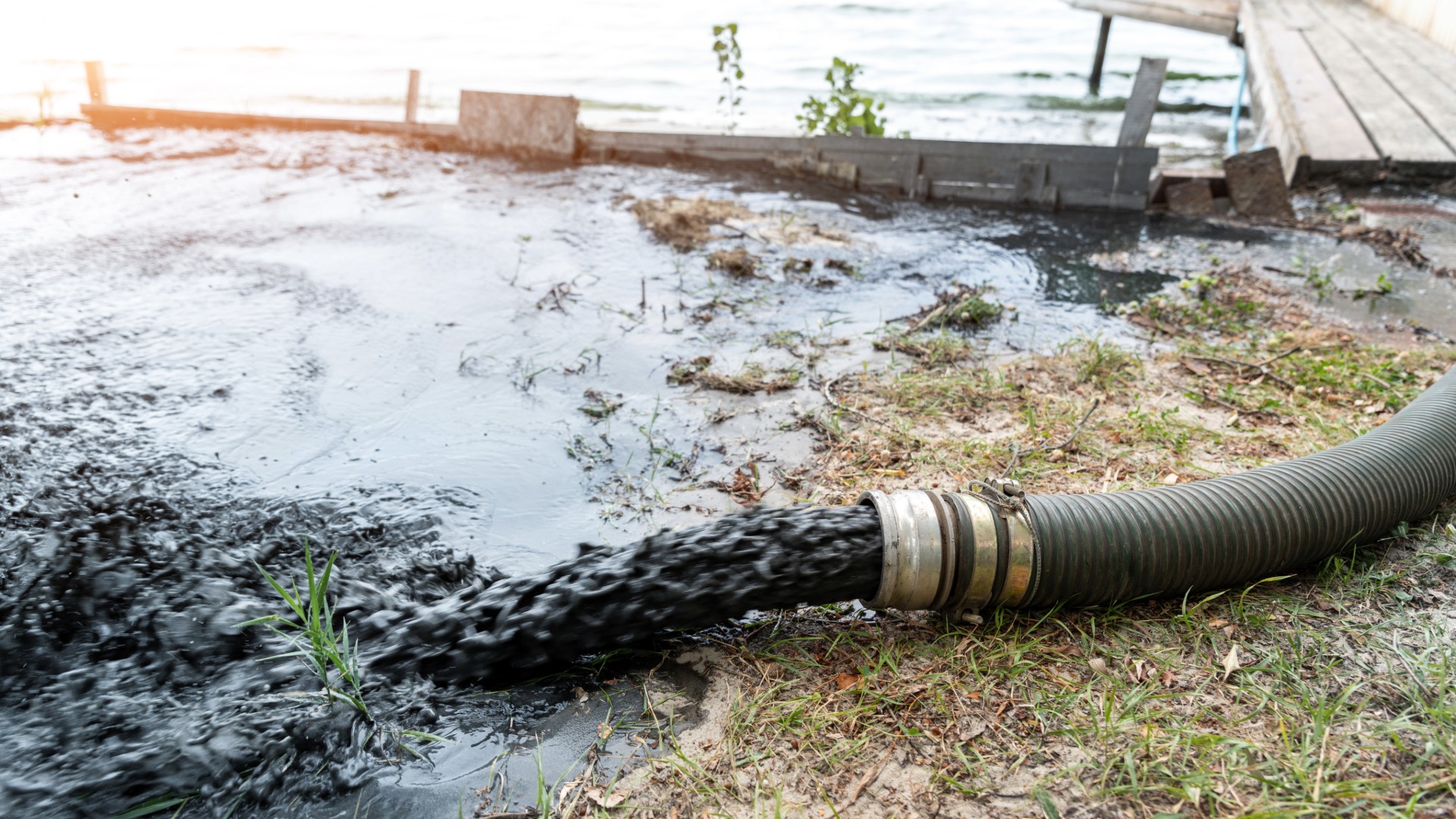
The first step is to define the project parameters, which include sediment composition, discharge distance, operating pressures, and environmental conditions such as salinity, current velocity, and temperature extremes. These variables directly inform the type of dredge industry pipe material, wall thickness, and connection mechanisms best suited for the job.
Next, assess whether the pipe system must include floating, submerged, or land-based segments, or a combination of all three. For operations in dynamic aquatic environments, dredge pipe piling should be considered as a stabilizing solution, particularly where underwater currents or tidal shifts could impact pipe positioning and discharge precision.
Procurement teams should also evaluate vendor-specific innovations. Features such as wear indicators, modular joints, UV protection, and smart sensor compatibility can significantly enhance monitoring, reduce labor requirements, and extend the lifespan of pipes. Reviewing past case studies and technical specifications is essential for understanding how each dredge industry pipe option performs in similar applications.
Another important factor is the availability of parts and service support. Selecting a dredge pipe system from a supplier with robust technical support and comprehensive spare part logistics ensures long-term operational reliability.
By applying a structured evaluation framework that considers both engineering requirements and operational realities, project teams can confidently select a dredge industry pipe solution aligned with their performance and budgetary goals.
Final Thoughts: Choosing Pipe Systems That Drive Project Success
A well-chosen dredge industry pipe system is more than a set of transport lines; it is the foundation of a successful dredging operation. Whether the project involves land reclamation, channel deepening, or environmental remediation, the reliability and efficiency of the pipe system directly affect timelines, costs, and environmental impact.
Through proper consideration of materials, environmental exposure, hydraulic performance, and logistical constraints, stakeholders can ensure their dredge industry pipe configuration is tailored to real-world conditions. The strategic integration of technologies, such as dredge pipe piling and smart sensors, further enhances long-term value, particularly in complex or high-risk environments.
Ultimately, investing in a robust, well-supported dredge pipe system provides not only operational assurance but also measurable returns, including reduced downtime, fewer maintenance interventions, and improved stakeholder confidence throughout the entire project lifecycle.

